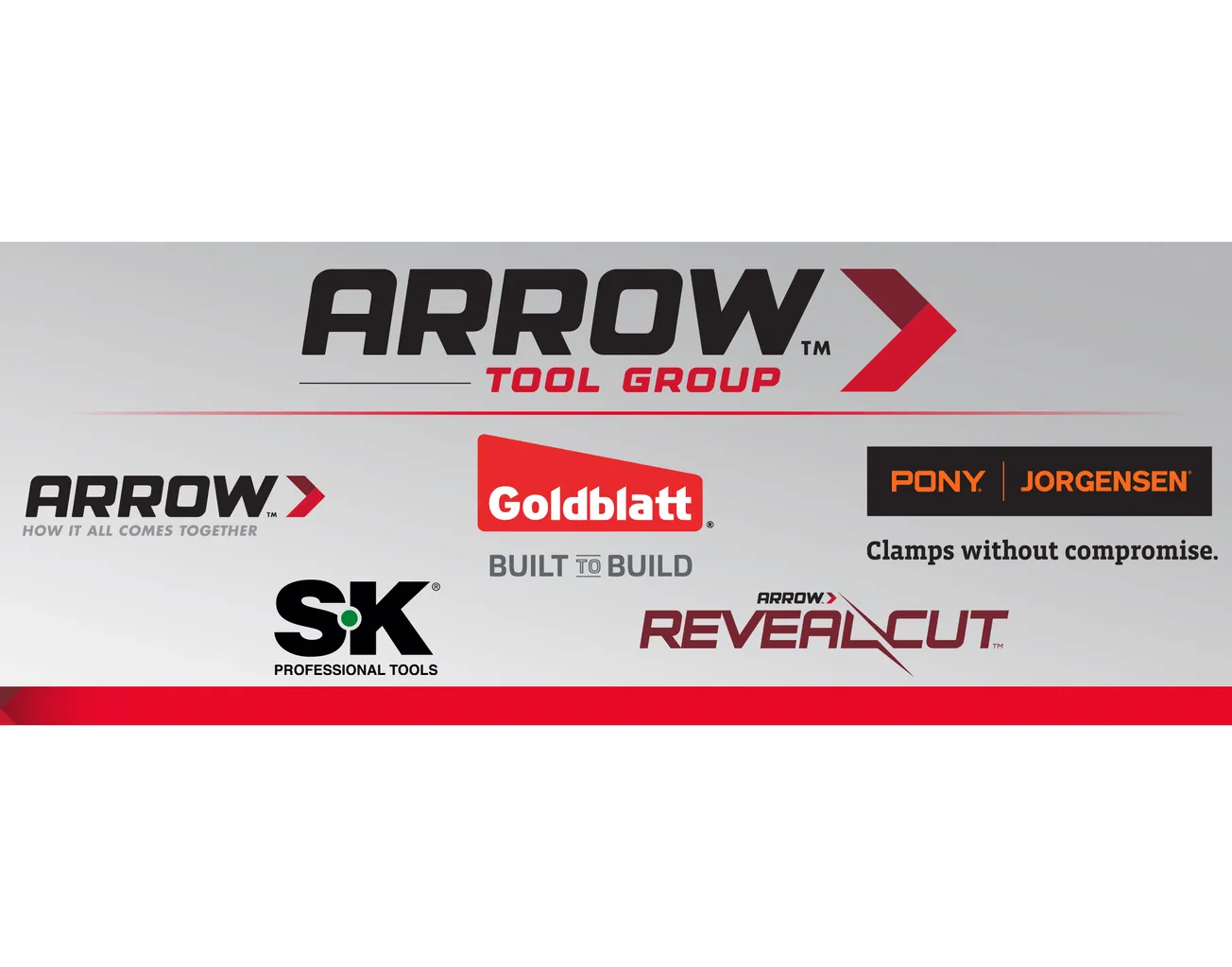Table of Contents
In the retailing and distribution of power tool accessories, what both consumers and the trade tend to refer to as “name brands” dominate the landscape. These brands have created significant consumer awareness through decades of advertising focused on their hand tools or power tools. They have then relied on the “branding halo” from those marketing dollars to indirectly translate to their power tool accessory offerings.
However, when it comes to the power tool accessories (PTAs) that attach to those power tools, there seems to be more debate about retailing best practices. This debate challenges the prudence of relying solely on these hand tool and power tool brands to deliver a well-planned PTA merchandising strategy. Some industry professionals report great results from the inclusion of additional brands and product offerings beyond what these name brands offer.
This debate is likely rooted in the reality that it is ultimately the power tool accessory itself, the item that attaches to those power tools that dictates performance. Meaning, it is the quality of the attached drill bit, sawblade, screwdriving tip, abrasive wheel or any number of other PTA products that determines the final speed, quality and number of cuts, turns, holes or grinds.
Retailers’ most deployed strategy is simple: featuring name brands drives consumer traffic to the tool aisle which in turn drives PTA sales exclusively to those brands. However, this theory may rely on the flawed assumption that these brand equities translate to PTAs and that they are the consumers’ primary decision criteria for selections in this adjacent category.
Still, many retailers report that they seek and stock alternatives to the power tool accessories (PTAs) that these power tool brands offer. Why? Because PTAs from these otherwise recognized power tool brands often have limited offerings and can be manufactured from lower grade steels using inferior manufacturing processes. Further, some of these more recognized brands have gained a reputation for “not the quality they used to be” or have had supply chain problems over recent years. Still other retailers report suppressed category margins when relying solely on these brands to carry the PTA segment.
Eddie Flynn VP of sales for regional distributor Wallace Hardware, says, “We offer accessories from the major tool brands, but we also need another line that can keep us competitive… not all contractors want to use accessories from the big tool brands for reasons of quality perception or limited product mix. They are actively looking for better solutions.”
When seeking alternatives, Flynn says hardware retailers and distributors want an option that provides a broad range of products and a reputation for quality. In short, a brand that customers can trust to perform as expected. Something that “stays sold” with limited returns associated with not meeting consumer performance expectations. “We have to make sure the power tool accessories are well made, well built. The contractor is going to use them, the DIYer is going to use them, and we don’t want to have any problems after a sale,” adds Flynn.
Broken or dull drill bits or reciprocating sawblades can lead to angry customers, returns and warranty claims.
Focus on PTAs
Increasingly, the success of various brands can itself create drift from their core competence. Like movie sequels, leveraging brand equity or the lure to “bet on a sure thing” or create a “lifestyle brand” can actually dilute the brand’s meaning with consumers. Tool brand diversification into other lines such as compressors, work buckets, gloves and clothes can present problems. Decades ago, a leading brand lost much of its prominence in the tool category when it began using the brand to sell coffee makers, clothes irons, and other household appliances, which led to an identity crisis with consumers.
“In my opinion, what happens is as major brands diversify into other product category offerings, the core focus can become watered down,” says John Vigezzi, a buyer at Farm King in Illinois, a six-store regional farm retailer.
The power tool accessory is not the primary focus for many of these brands. As such, Vigezzi relies on considerable product research, analysis of the manufacturers and online customer reviews when finalizing his strategies. He reports, “I look at the quality of the accessory to make sure that it is going to meet our customers’ expectations. Second, I look at price because even if it is a really great item, if it is priced out of the income demographic of our customers, they won’t buy it.”
While it can be hard to identify differences while standing in a store making selections, the quality of various brands of PTAs can differ dramatically. That quality is a function of the elemental “ingredients” used to make the accessory (composition), the method of manufacturing processes employed (e.g., fully ground vs. rolled forging), and the geometry of the final product. The chemical composition is likely the most significant differentiator across the category and the easiest to test for using methods of chemical analysis. Inferior products when used in challenging applications can lead to premature failure and poor performance.
Finally, packaging can also play a role in a strong PTA merchandising strategy. Packaging offers visual cues that help customers make quick, yet correct buying decisions. Cues include color coding to differentiate product quality levels, life span ratings to rationalize progressive pricing, illustrated target materials to highlight intended use, and added feature call-outs to drive further differentiation.
“When a customer walks in for a power tool accessory, they should be able to find exactly what they need and the packaging should tell them what each one is used for, whether metal, wood, cement, etc.,” says Vigezzi.
The Bottom Line
Although retailers and distributors will always offer the recognized power tool brands, rounding out PTA offerings with alternatives from other suppliers dedicated to the category is beneficial.
According to Steve Draeger, retired president of Midwest distributor United Hardware, adding an expanded line of PTAs can enhance retailers’ profits: “A (specialty) line like Century Drill & Tool is generally more complete than that offered by the power tool brands, and so there is usually additional margin in it for the retailer as they meet a broader range of needs that walk through their doors every day.”
Many customers buying PTAs have history with the brands they choose and some indication of past performance. Draeger notes, “But if the consumer is asking for a recommendation, the retailer can present the alternative as a better value with superior quality, while also potentially offering a lower price.”






